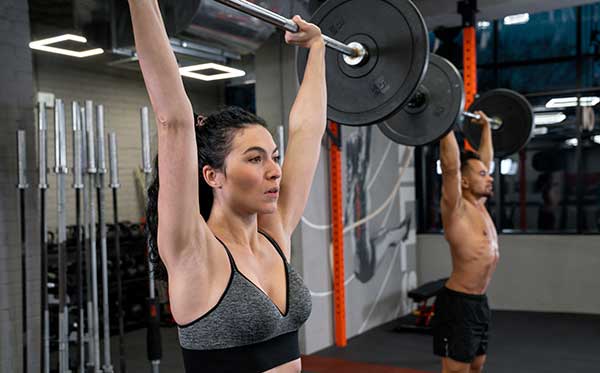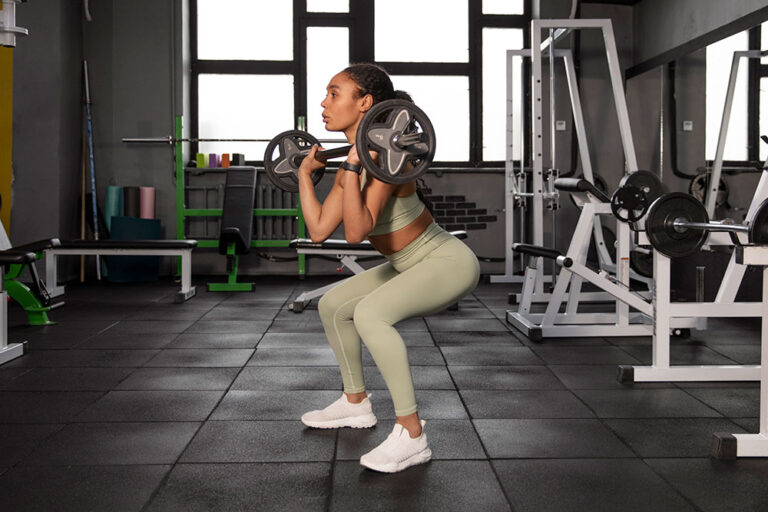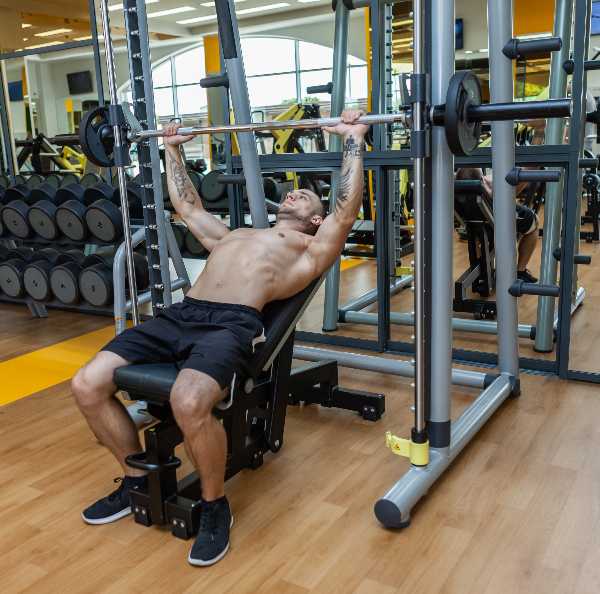What is Resistance Training and How It Could Help You
Introduction to Resistance Training
Have you ever walked into a gym and felt intimidated by all the weights? You’re not alone. Many people wonder about resistance training and how it could fit into their fitness journey. It’s more than just lifting heavy objects; it’s a powerful way to strengthen your body, boost your metabolism, and improve overall health. Whether you’re looking to build muscle, enhance endurance, or simply stay active as you age, understanding what resistance training is can be the first step toward achieving those goals. Let’s dive in and explore the world of resistance training together!
Benefits of Resistance Training
Resistance training offers a multitude of benefits that can transform your fitness journey. It enhances muscle strength, allowing you to perform daily activities with greater ease. Whether it’s lifting groceries or climbing stairs, stronger muscles make life simpler.
Moreover, it plays a crucial role in weight management. By building lean muscle mass, your body burns more calories at rest. This metabolic boost helps maintain a healthy weight over time.
Bone health is another significant advantage. Resistance exercises stimulate bone density, reducing the risk of osteoporosis as you age. Strong bones contribute to overall stability and balance.
Additionally, resistance training has mental health benefits too. Engaging in regular workouts releases endorphins—those feel-good hormones—that help reduce stress and anxiety levels.
It improves athletic performance for those who enjoy sports or physical activities. Increased strength translates into better speed and agility on the field or court.
Different Types of Resistance Training
Resistance training comes in various forms, each designed to target different muscle groups and fitness goals. Free weights are a popular choice. Dumbbells and barbells allow for versatile movements that can be adjusted easily.
Then there are resistance bands. These colorful tools provide varying levels of difficulty while being portable and easy to store. They’re perfect for home workouts or traveling.
Bodyweight exercises like push-ups, squats, and lunges utilize your own weight as resistance. This type is effective for building strength without any equipment.
For those seeking more structure, machines at the gym offer guided movements with adjustable settings. These can help beginners learn proper form while providing support.
Functional training incorporates everyday activities into workouts. Movements mimic real-life tasks, enhancing overall strength and balance essential for daily life challenges. Each method has unique benefits suited to individual preferences and objectives.
Setting Goals for Your Resistance Training Program
Setting goals for your resistance training program is crucial. It provides direction and keeps you motivated. Consider what you want to achieve. Are you aiming for muscle gain, fat loss, or overall strength?
Be specific with your objectives. Instead of saying, “I want to get stronger,” try “I will bench press 20 more pounds in three months.” This clarity helps track progress.
Short-term goals are also important. Celebrate small victories along the way; they keep your spirits high and remind you that you’re making strides.
Don’t forget about flexibility in goal-setting! Life can be unpredictable, so adapt your targets as needed without losing sight of the bigger picture.
Write down your goals. Keeping them visible serves as a constant reminder of what you’re working toward and reignites motivation when it wanes.
Tips for a Successful Resistance Training Routine
To create a successful resistance training routine, consistency is key. Aim for at least two to three sessions per week. This frequency helps your body adapt and grow stronger over time.
Start with a balanced approach by targeting all major muscle groups. Incorporate exercises for the legs, back, chest, shoulders, and arms. Variety keeps things interesting and promotes better overall strength.
Listen to your body as you progress. If you’re feeling fatigued or experiencing pain beyond typical soreness, take a step back. Recovery is essential in any fitness journey.
Focus on form rather than lifting heavy weights initially. Proper technique reduces the risk of injury and ensures you’re working the right muscles effectively.
Track your progress regularly. Whether through journaling or using an app, monitoring improvements can be incredibly motivating and help refine your goals as you advance in your resistance training journey.
Common Misconceptions about Resistance Training
Many people believe that resistance training is only for bodybuilders or elite athletes. This couldn’t be further from the truth. It’s suitable for everyone, regardless of fitness level.
Another misconception is that lifting weights will lead to bulkiness. In reality, resistance training helps build lean muscle mass and can actually aid in fat loss.
Some think they need fancy equipment to get started, but bodyweight exercises are just as effective. Simple movements like push-ups and squats can work wonders.
There’s also a fear that resistance training will cause injuries. When done correctly and with proper form, it enhances joint stability and reduces injury risk over time.
Many believe that you should feel sore after every workout for it to be effective. Soreness isn’t always an indicator of progress; consistency trumps temporary discomfort in achieving your fitness goals.
Conclusion
Resistance training is a powerful tool for enhancing overall health and fitness. Understanding what it entails can help you unlock its full potential.
Embracing resistance training can lead to numerous benefits, from increased strength and improved posture to enhanced metabolic function. By exploring various types of resistance workouts, you can find the perfect fit that aligns with your fitness goals.
Setting clear objectives will guide your routine and keep you motivated as you progress. Incorporating useful tips into your regimen ensures you’re on the right track, helping to maintain consistency while avoiding common pitfalls.
There are many misconceptions surrounding resistance training. Debunking these myths opens up opportunities for everyone, regardless of age or fitness level, to harness this effective form of exercise.
Adopting a well-rounded approach to resistance training may transform how you feel about exercise altogether. Whether you’re looking to build muscle or maintain your current physique, understanding its principles could very well enhance not only your physical capabilities but also boost confidence in everyday life.
- About the Author
- Latest Posts
Johnnie D. Jackow Sr., the founder and CEO of Total Body Fitness, Worldwide, has a long-standing career in the fitness industry. He began as a certified personal trainer in the mid-90s and soon after authored his first weight loss book in 1998. This led to the launch of Total Body Fitness, Nationwide in the USA at the same time. Johnnie gained recognition as the fitness guru of his time, running infomercials on local TV late at night in Houston, Texas. Over the years, he has helped more than 40,000 individuals from all over the world achieve their health and fitness goals. With over 60,000 hours of documented training in integrative functional medicine, he completed his PhD in human physiology in 2010. His primary objective is to assist people in reaching their health and fitness goals through alternative approaches rather than relying solely on conventional medicine and pharmaceutical drugs. Today, with almost three decades of experience under his belt, Johnnie continues to be a leader in health and fitness.








